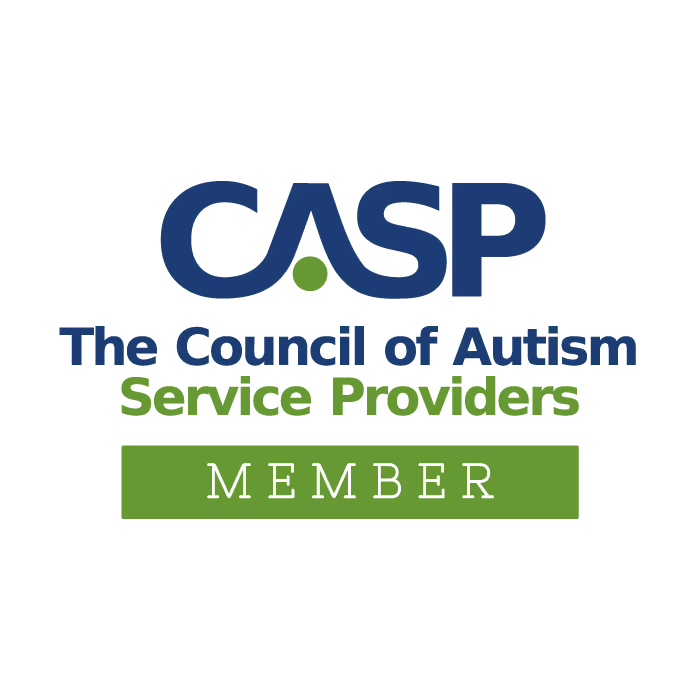As discussed in last week’s post, crossing the midline is an essential skill that affects a person’s efficiency in many of life’s everyday tasks. By engaging your child in activities that promote this skill, you are helping her to create pathways in her developing brain that can benefit her motor abilities, learning capacity, and behavior.
10 Activities to Promote Crossing the Midline:
- Dance! Get your child moving to a rhythm with her entire body and you will promote coordination and crossing over midline with big body movements.
- Play Twister.
- Do karaoke or grapevine walks.
- Engage in bimanual activities such as stringing beads, playing Pick Up Sticks, cutting with scissors, creating crafts or other projects with stamps, stickers, glue, etc.
- Play clapping games such as pat-a-cake or row, row, row your boat.
- Create a secret handshake that involves tapping feet, knees, or elbows to that of the other person.
- Involve him in baking! Let him stir the ingredients into a big bowl that he will have to help stabilize with one hand in front of his body, while the other makes big circular motions with the spoon.
- Engage him in a sorting game and encourage him to complete rounds of sorting using only one hand at a time.
- Play Simon Says. You could even take this up a notch and specify right or left side.
- Help with chores! Have her help you wipe off tables, mirrors, dishes, etc.
General recommendations to encourage crossing the midline:
- Always encourage children to complete self-care tasks such as dressing, eating, and bathing to the fullest extent they are capable. So many of these everyday tasks require us to spontaneously and purposefully use both hands together and to move one hand to the other side of the body.
- Before hand dominance is established, always present utensils (spoons, markers, etc.) at the child’s midline. Encourage the child to complete the task with whichever hand he initiates use of that utensil. Be sure he uses the other hand as the “helper” to stabilize the bowl or paper.
- Discourage w-sitting! W-sitting (where a child sits with his knees bent and feet out to either side of his body so that his legs form a “W” shape) has many negative implications. One of these is that the child is unable to cross midline as easily. When engaging in an activity on the floor, help your child sit “criss cross” instead.
- When completing work at a table, encourage your child to keep herself in the center of her work rather than scooting herself (or what she’s working on) to the left or right.
- Make it fun! Working on the development of midline crossing does not need to be a tedious exercise. As you engage in the fun activities listed here, you will begin to see how easy it is to adapt games and other tasks with this skill in mind. Don’t be afraid to get creative and let us know what you come up with!
Click here for a refresher on the 1st article to promote crossing the midline.

.jpg)












